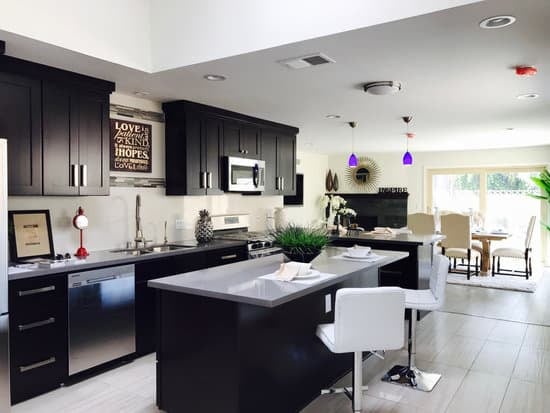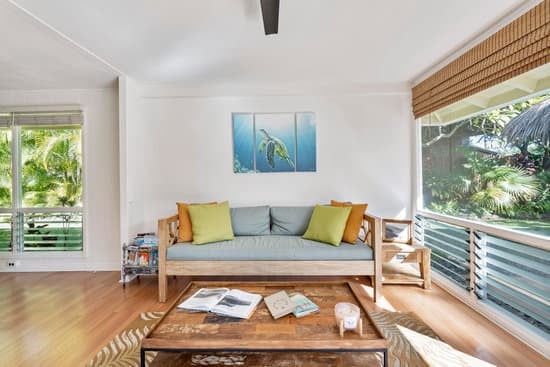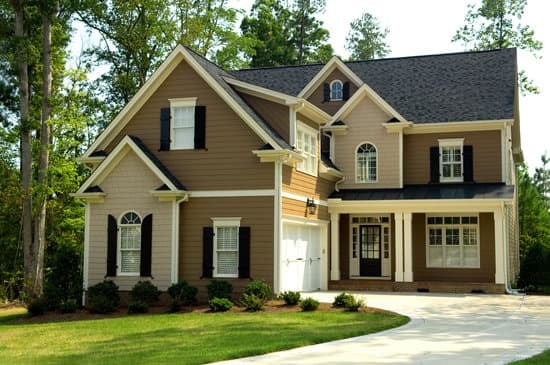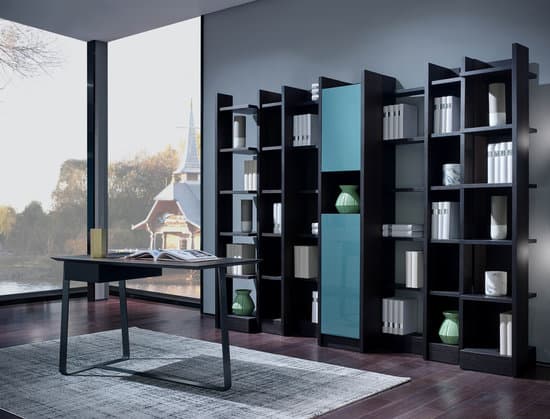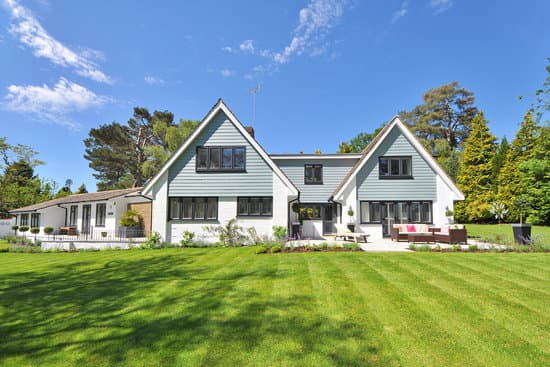Anchoring a home bar to the floor is essential for ensuring safety and stability. Here are the steps to do it right:
Start by removing the baseboard in case it was placed onto the bar that is wet. This will ensure that you get a tight fit against the wall and the floor for the bar.
With a cordless drill, install a drill bit of 3/16 inches.
Once your drill bit is installed, locate the pre-drilled holes on the bottom of the bar. Ensure that the holes are in a straight line with the floor joists and then drill a hole sized appropriately for the screws being used.
Insert 3-inch screws into all the holes drilled and make sure they are firmly in place.
Repeat this process for all the pre-drilled holes in the bar and in no time, your home bar will be firmly anchored to the floor.
Following these steps will help ensure that your home bar is safe and secure and ready for all the fun you have planned for it. By taking the time to anchor your bar, you can rest assured that it will last for years to come.






